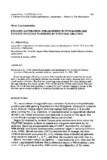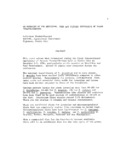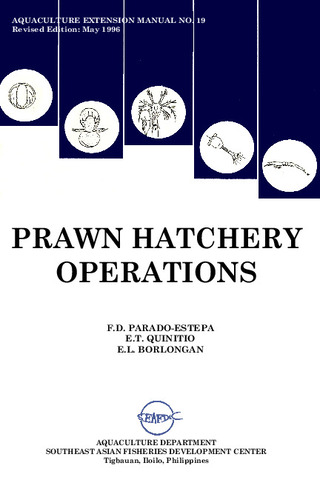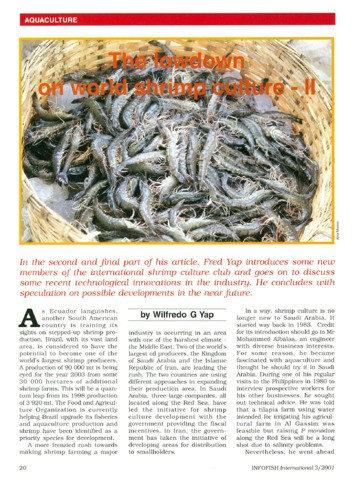Induced maturation and spawning in five-month-old Penaeus monodon Fabricius by eyestalk ablation
Share
Abstract
Pond-reared sugpo (Penaeus monodon Fabricius) females from coastal fry harvested after 4 months were unilaterally ablated and stocked in an indoor concrete tank with an equal number of males. The first two spawnings were obtained 22 d after ablation with the eggs hatching into viable nauplii. Five months (12–15 d from spawning to first postlarva, 14–16 d from first postlarva to coastal fry, and 4 months rearing in ponds) is the shortest age on record at which P. monodon females can be successfully ablated.
Description
Contribution No. 10 of the Aquaculture Department, Southeast Asian Fisheries Development Center.
Suggested Citation
Primavera, J. H. (1978). Induced maturation and spawning in five-month-old Penaeus monodon Fabricius by eyestalk ablation. Aquaculture , 13(4), 355-359. https://doi.org/10.1016/0044-8486(78)90184-9
Taxonomic term
Collections
- AQD Journal Articles [1249]
Related items
Showing items related by title, author, creator and subject.
-
An overview of the nutrition, feed and feeding techniques of prawn penaeid/shrimps
Piedad-Pascual, Felicitas (Philippine Council for Aquatic and Marine Research and Development, 1989)This paper echoes what transpired during the first International Conference of Penaeid Prawns/Shrimps held in Iloilo City in December 4-7, 1984, particularly on the Nutrition nd Feed Development. Around 25 papers were ... -
Prawn hatchery operations
Parado-Estepa, Fe D.; Quinitio, Emilia T.; Borlongan, Emeterio L. (Aquaculture Department, Southeast Asian Fisheries Development Center, 1996-05)The manual, an updated version of the 1984 SEAFDEC/AQD manual, presents the underlying principles and step-by-step instructions of prawn larval and post-larval rearing. The techniques described are not only applicable to ... -
The lowdown on world shrimp culture - II
Yap, Wilfredo G. (INFOFISH, 2001)This paper introduces some new members of the international shrimp culture club and goes on to discuss some recent technological innovations in the industry, particularly the polyculture of tilapia (mainly Oreochromis ...




